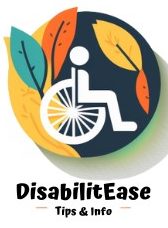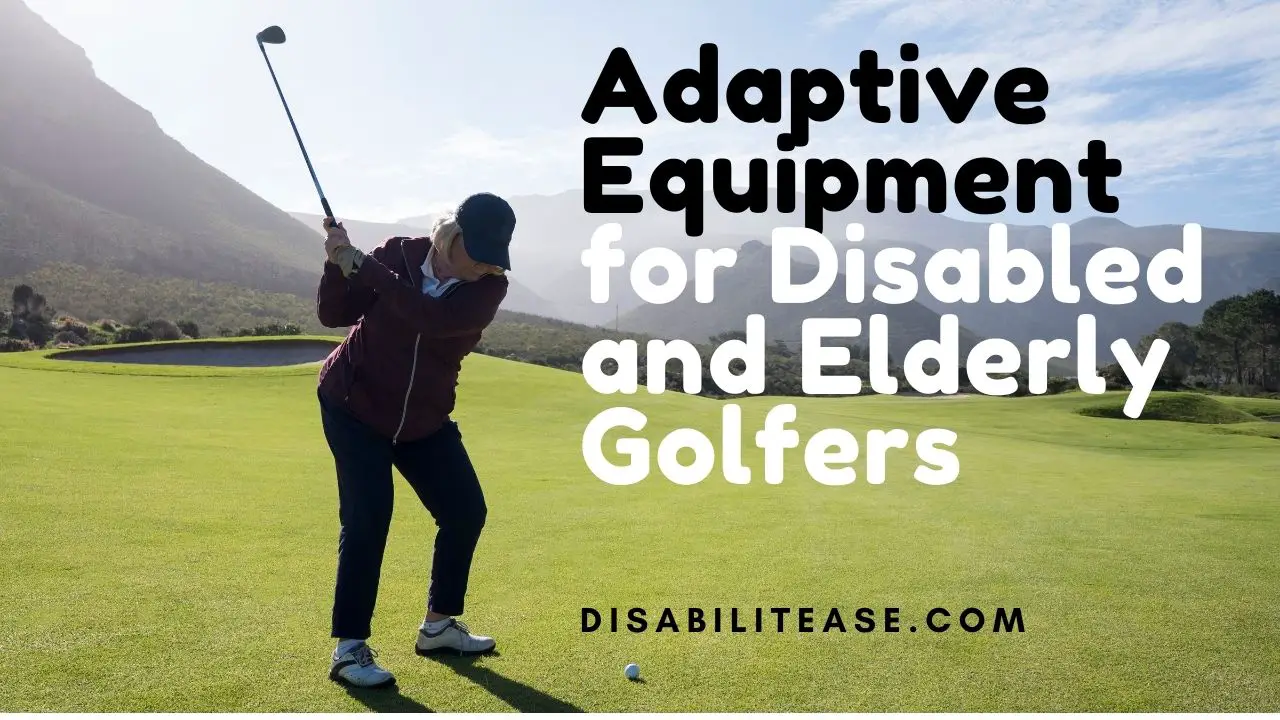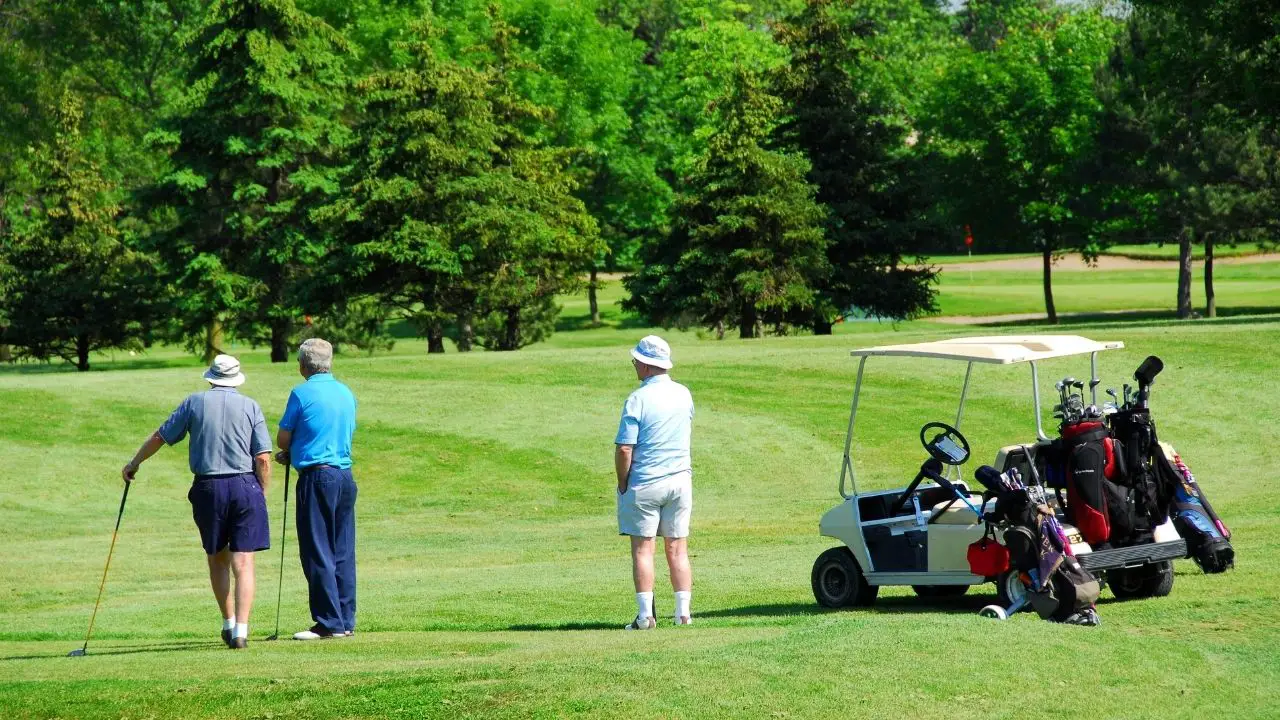In this article, I will use my experience as a trainer to give some disabled and elderly back pain solutions and tips, I have encountered this problem a lot as it is common among lots of people and particularly in disabled and elderly.
Back pain is a common phenomenon for most people of almost all ages and is often a combined result of the wrong posture, prolonged sitting, lifting objects incorrectly, being overweight, and more.
In older and disabled people, the phenomenon may be more common because all of the above causes are associated with decreased functioning – daily activity, weakening of the musculoskeletal system, tissue aging, etc.
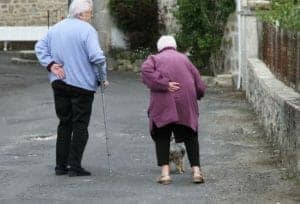
In this article, we will examine the causes of back pain, we will give some disabled and elderly back pain solutions and we will discuss The effect of mental state on back pain.
Table of Contents
Why do you even have back pain?
Back pain is caused by many causes and can occur in different places on the back and even in areas of the body that do not appear to be related.
To understand why you have back pain, it is important to understand first how your back is built and functioning.
Our back consists of a skeletal system – a spine composed of vertebrae – bones that move one on top of the other through joints, including cartilage tissue in the form of disks between vertebrae and vertebrae, which also allow for smooth movement and load on the vertebrae such as shock absorbers, soft tissue connecting the vertebrae and the system Muscles that allow movement of the back.
In addition to the role of movement, the spine also protects the spinal cord that goes into it and a nervous system that exists in various parts of the body.
Hence, any injury to one or more of the parts that make up the back will directly affect the body’s functional ability by preventing proper and smooth movement, and of course, causing pain.
It is also necessary to add that tissues, muscles, and other joints in the body can also affect the back and cause pain. For example, weak abdominal muscles will overload the spine, knee problems can cause back pain because they do not allow proper movement of the legs and back.
There are also situations where we feel pain in other parts of the body, legs, hands, etc., which can be an expression of a problem in the back, by creating a certain pressure on the nerves coming out of it to other areas of the body where pain will be felt.
Even poor mental states such as depression can cause back pain, we will discuss it later on.
Other causes include arthritis, osteoporosis, a general decline in function due to aging and weakening of the muscular system, improper lifting of objects, walking with poor shoes, sleeping on a mattress that does not support the back properly, lack of balance due to a disability, and more.
Since in old age, in general, our bodies are weakened, the muscles are less strong and the joints are more worn, you can understand that our back will be more vulnerable than a younger age.
Because back pain can cause us to have another functional decline in old age, thus staying more in bed, it is important to contact your doctor immediately to diagnose the problem and treat it as soon as possible.
Disabled And Elderly Back Pain Solutions
Preventing back pain through exercise and sports
First of all, it is important to mention that with any back pain problems (even if they were only in the past) and before you start exercising or sports, you should consult your doctor to make sure that the activity and what kind of activity is allowed for you.
As we have seen, there is a direct correlation between decreased function, decreased muscular system capacity, and back pain.
In fact, there is a kind of vicious circle here. The weaker our muscles are, the less we will be active and the loads on the bones and joints will be larger.
This can cause back pain and will cause us to want to move it less, which will cause a decrease in muscle function and functionality.
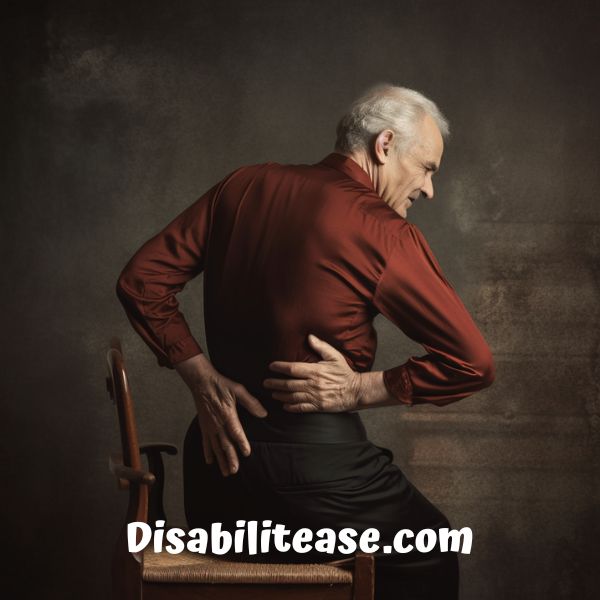
So how do you break the vicious cycle?
Just start exercising.
It is important that the type of exercise, movements, frequency, and level of difficulty be adjusted to our situation. Excessive or incorrect exercise may also cause even more severe damage and pain.
Be attentive to your body!!
There are many types of exercise: in some, more emphasis is placed on flexibility, in others, more emphasis is placed on strengthening muscles, some are combining walking and more.
It is important that the activity you choose will suit you and make you feel comfortable.
Another cause of back pain is the weakening of the muscular system, the muscles of the back, and the abdominal muscles.
Weak abdominal muscles will result in improper load distribution on the spine to the point of disc herniation, accelerated joint burn, and more.
It is therefore important to train the muscles to regain the strength, endurance, and mobility which is necessary.
It is important to train the muscles gradually while “listening” to our body.
Lack of flexibility can also cause back pain, exercise will help restore flexibility and movement of the back joints as much as possible.
There are many different exercise groups that are designed for older people with different problems, and it is worthwhile to check and join such a group.
By the way, if you are a resident of a sheltered home or nursing home there are exercise classes tailored to your age. If you have high self-discipline, you will also be able to exercise yourself, but it is recommended to do so in a group that has good dynamics and is accompanied by a professional guide who will be able to give you the correct advice and prevents incorrect exercises.
For additional training tips and equipment, you can check out my other 2 related articles:
Both articles are very helpful for disabled and elderly people who wish to train.
Preventing back pain with proper nutrition
We have seen earlier that physical activity can help prevent back pain, but even good nutrition will ease back pain to a great extent and may prevent pain from appearing.
In old age and among disabled persons there is a tendency to eat unhealthily, they do not have the strength to cook, so they buy prepared food, and eat sweet and salty foods (there is a decrease in taste after aging, so we want to increase amounts of seasoning), eat high-fat foods, which not only prevents the body from nutrients it needs (our body’s ability to process and absorb important substances declines as a result of aging), but can also damage it.
Our muscular system will not get the ingredients necessary for its proper functioning, food can cause obesity, making it difficult for us to perform even a simple walking activity because of pain and fatigue.
Therefore, it is also important to maintain a healthy weight, and to eat healthy foods (such as those needed for energy and muscles, bones, and joints).
It is important to consult a doctor and dietitian in order to obtain knowledge and recommendations for a healthy and proper diet that is adapted to your condition.
The effect of mental state on back pain
In old age, as a result of aging, heightened mental tensions arise, stress due to an inability to perform things as before, and mental stress from the unknown and the future.
Stress has been shown to have a direct effect on the body, an ability to increase the appearance of diseases, which can be expressed in several ways, one of which is back pain.
It is even found that people who are in a poor mental state suffer more back pain than others who are in a good mental state.
One explanation for the association between back pain and poor mental state is that in such a situation there is increased neuronal activity that causes contractions of the back muscles and blood vessels in the area that is responsible for the appearance of back pain.
The phenomenon is so broad that they even gave it a name in medicine: Tension Myoneural Syndrome, A syndrome of pain that comes from stress.
The distinction is mainly made on the basis of a lack of other font findings.
Treatment of this condition is by treating the root of the problem, treatment of mental tension.
You can go to a psychologist, talk to a good friend, the right exercise can also reduce stress, and more.
FAQ
- What are some exercises that can help alleviate back pain in the elderly and disabled?
Some exercises that can help alleviate back pain in the elderly and disabled include low-impact activities such as walking, swimming, and yoga. Strengthening exercises for the core and back muscles can also be beneficial.
- What are some recommended products or devices that can aid in reducing back pain for those who are elderly or disabled?
Recommended products or devices that can aid in reducing back pain for those who are elderly or disabled include ergonomic chairs, lumbar support cushions, and back braces. In addition, adjustable beds and mattress toppers can provide added support and comfort.
- How can posture and body mechanics play a role in preventing back pain for those who are elderly or disabled?
Posture and body mechanics can play a role in preventing back pain for those who are elderly or disabled. Practicing good posture, avoiding heavy lifting or twisting, and using proper body mechanics when performing daily tasks can help reduce the risk of back pain.
- Are there any dietary changes or supplements that can help reduce back pain in the elderly or disabled?
Certain dietary changes and supplements can help reduce back pain in the elderly or disabled. Foods rich in anti-inflammatory properties such as fruits, vegetables, and omega-3 fatty acids can help reduce inflammation and pain. Supplements such as glucosamine and chondroitin can also be beneficial for joint health.
- What are some non-invasive treatments that can be used to manage chronic back pain in the elderly or disabled?
Non-invasive treatments that can be used to manage chronic back pain in the elderly or disabled include physical therapy, chiropractic care, acupuncture, and massage therapy. These treatments can help relieve pain and improve mobility without the need for invasive procedures or medications.
Conclusion
The best disabled and elderly back pain solutions and tips are being in movement and exercise, proper nutrition, and keeping a positive and right state of mental state.
I hope that you found my article useful, if you have any comments and suggestions regarding disabled and elderly back pain solutions, feel free to leave them in the comments below.

Hi, my name is Eddie, I am a professional trainer specializing in the elderly population and I’m also a website designer. I love training in the gym, going to the beach, traveling, and having good food.
I combined my love for sport and website designing to make “DisabilitEase” whose purpose is to help elderly and disabled people live a more full and active life, have more fun, and enjoy their unique journey despite any disability.
